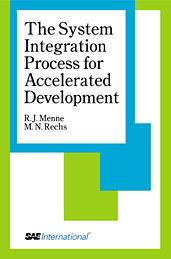Technical Paper
Turbocharging of Downsized Gasoline DI Engines with 2 and 3 Cylinders
2011-09-11
2011-24-0138
Turbocharged DISI engines with four cylinders have established in the market and provide a performance comparable to larger six-cylinder engines in the smaller compartment of a four-cylinder engine. In the Japanese market, also turbo gasoline engines with 500 - 660 cm₃ displacement have a long tradition in Kei-Cars. However, those engines show a lower specific performance as would be required for propelling typical small or compact vehicles in Europe. Recently, two-cylinder turbo engines have come to market, which are found attractive with respect to sound, package, and also enable low vehicle fuel consumption in NEDC test. The paper presents a turbocharger layout study on 2- and 3-cylinder engines. It discusses the influence of cylinder displacement volume on the sizing of turbines and compressors, and how specific flow phenomena in the turbine can be captured in the simulation model.

